
in the previous articles, we have learned what is anemia? cause of anemia and now we will go through the types of anemia. Tough there are various types of anemia but here we will discuss some common types of anemia. The most common types of anemia:
- Iron deficiency anemia
- Aplastic anemia
- Thalassemia
- Hemolytic anemia
- Sickle cell anemia
- Pernicious anemia
- Fanconi anemia
Iron-deficiency Anemia

The most common form of anemia is iron deficiency anemia which is usually due to chronic blood loss caused by excessive menstruation.
Increased demands for iron, such as fetal growth in pregnancy, children undergoing rapid growth spurts in infancy and adolescence, can also cause iron-deficiency anemia.
Aplastic Anemia
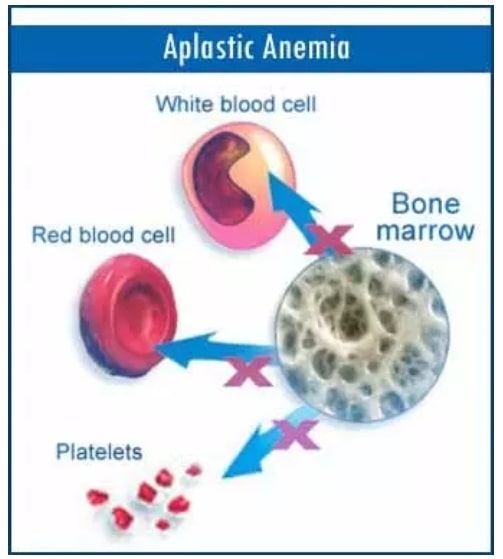
Aplastic anemia is a blood disorder in which the body’s bone marrow does not make enough new blood cells. This may result in a number of health problems including arrhythmia, an enlarged heart, heart failure, infections, and bleeding. Aplastic anemia is a rare but serious condition.
It should be noted that Aplastic anemia can develop suddenly or slowly and tends to worsen with time unless the cause is found and treated.
Hemolytic Anemia
Hemolytic anemia is a condition in which red blood cells are destroyed and removed from the bloodstream before their normal lifespan is up.
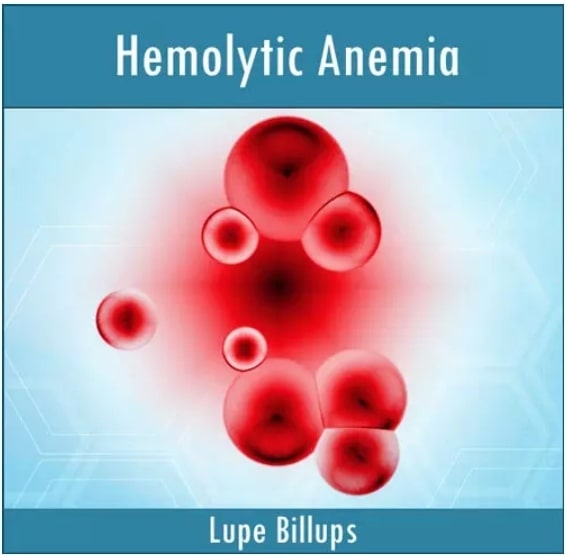
A number of diseases, conditions, and factors can cause the body to destroy its red blood cells. Hemolytic anemia can lead to various health problems such as fatigue, pain, arrhythmia, an enlarged heart, and heart failure.
Thalassemia
Thalassemias are inherited blood disorders that cause the body to make fewer healthy red blood cells and less hemoglobin.
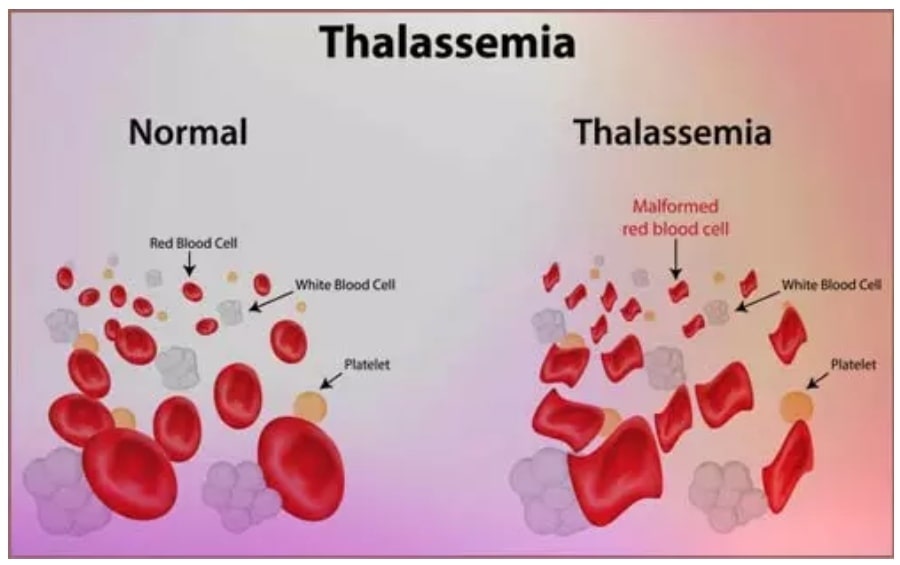
Hemoglobin or HB is an iron-rich protein in red blood cells.
The two major types of thalassemia are alpha and beta-thalassemia.
The most severe form of alpha thalassemia is known as alpha thalassemia major or hydrops fetails.
While the severe form of beta-thalassemia is known as thalassemia major or Cooley’s anemia.
Sickle Cell Anemia
Sickle cell anemia is a serious disease in which the body makes sickle-shaped red blood cells.
Normal blood cells are disk-shaped and move easily through your blood vessels.
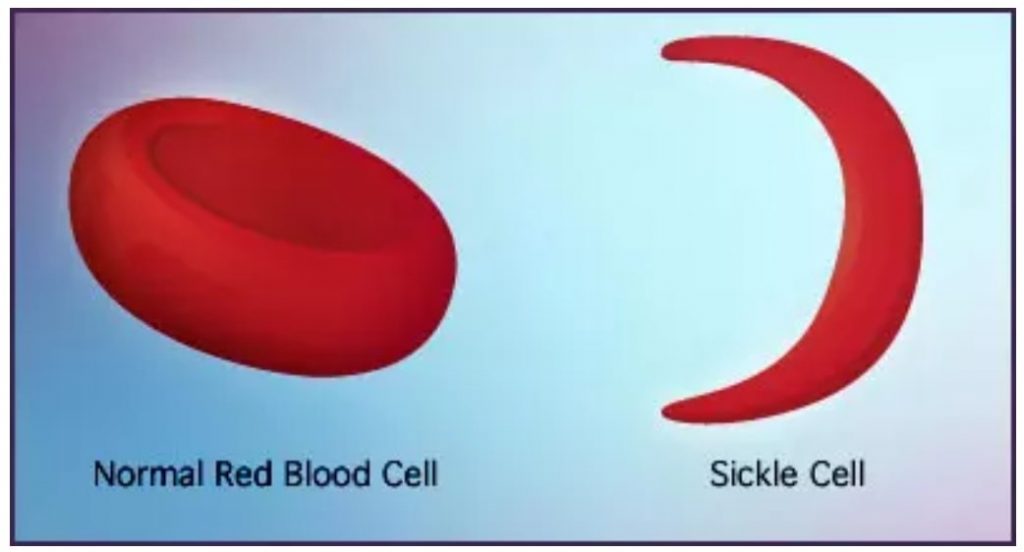
Sickle cells contain abnormal hemoglobin that causes the cell to have a sickle shape, which does not move easily through the blood vessels.
They are stiff and sticky and tend to form clumps and get stuck in the blood vessels.
In sickle cell anemia a lower than the normal number of red blood cells occurs because sickle cells do not last very long.
Sickle cells usually die after about 10 to 20 days and the body can not reproduce red blood cells fast enough to replace the dying ones, which causes anemia.
Pernicious Anemia
Pernicious anemia is a condition in which a body can not make enough healthy red blood cells because it does not have enough Vitamin B12.
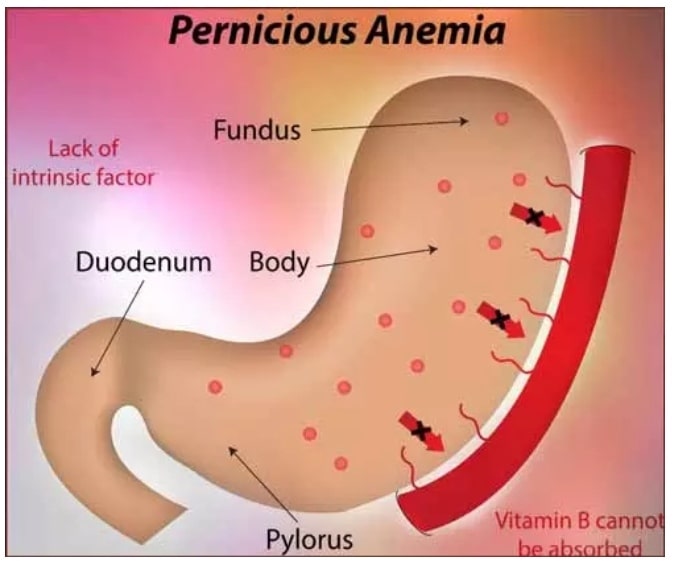
People who have pernicious anemia can not absorb enough Vitamin B12 due to a lack of intrinsic factor (a protein made in the stomach).
However, other conditions and factors can also cause Vitamin B12 deficiency.
Fanconi Anemia
Fanconi anemia or FA is a rare inherited blood disorder that leads to bone marrow failure.
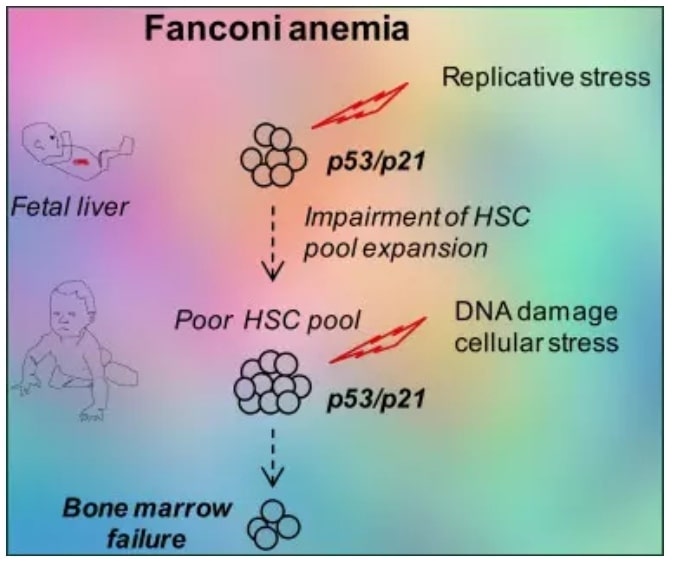
FA is a type of aplastic anemia that prevents your bone marrow from making enough new blood cells for your body to work normally.
FA can also cause your bone marrow to make many abnormal blood cells. This can lead to serious health problems such as leukemia.
FA is a blood disorder, but it can also affect many of the body’s organs, tissues, and systems.
Children who inherit FA are at a higher risk of being born with birth defects, and people who have FA are at a higher risk of developing cancers and other serious health problems.
FA is an unpredictable disease.
